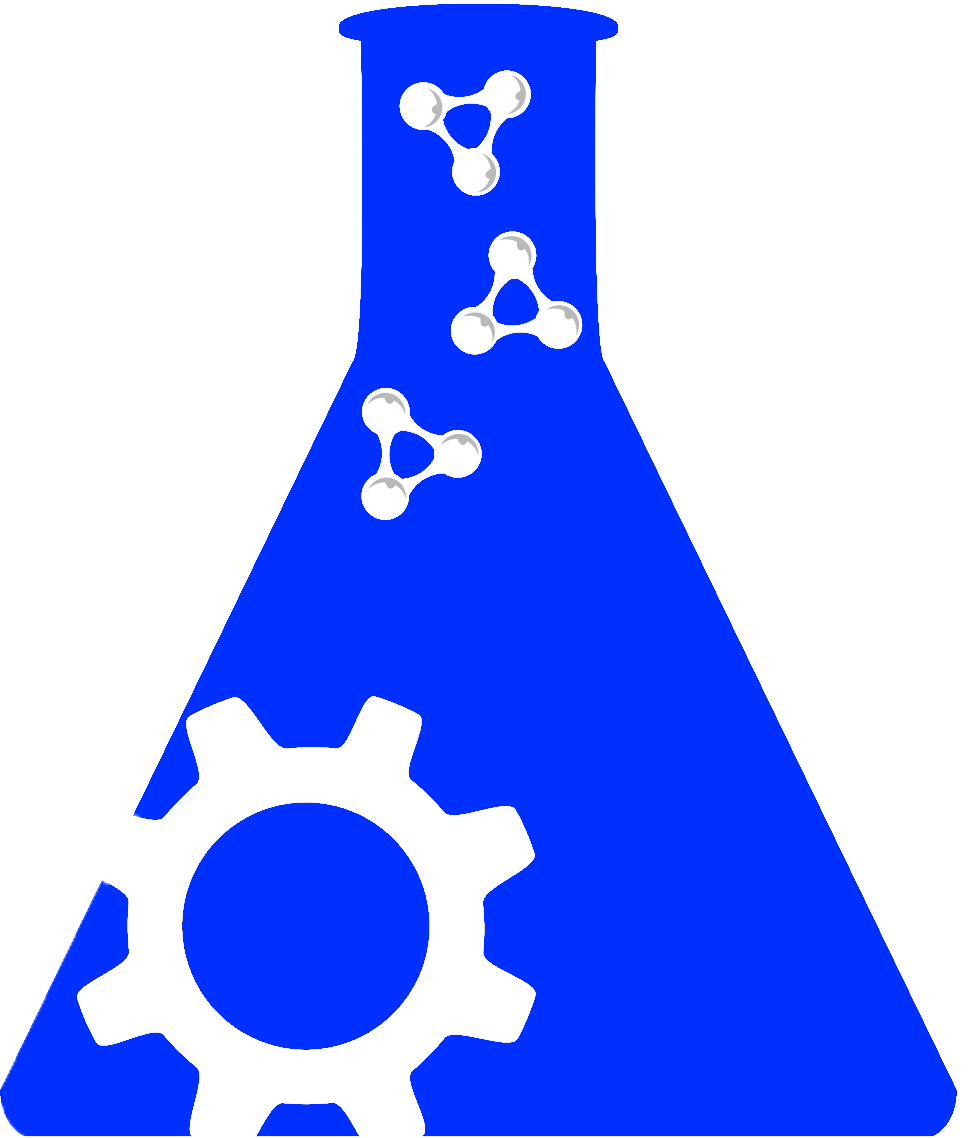X
X
Leaving Community
Are you sure you want to leave this community? Leaving the community will revoke any permissions you have been granted in this community.
No
Yes
X
Did you know? The IMPC maintains a large list of predicted mouse gene phenotypes
Did you know? The IMPC maintains a large list of predicted mouse gene phenotypes
The Monarch project (monarchinititiave.org) with the NIF project have brought in many sources that are now available from NIF or many of the SciCrunch portals that contain a wealth of phenotype information.The International Mouse Phenotyping Consortium is one of these sources and the creates, curates, and maintains targeted knockout mutations in embryonic stem cells for 20,000 known and predicted mouse genes. These phenotypes are available through several views showing the variant phenotypes.
What can be learned from phenotype data? Phenotype is a superset of disease, so this data can be instrumental in figuring out if a better model for the disease you are studying exists and what are the associated traits to each organism. A worm researcher may not be aware that a fly mutation expresses the same phenotype, but perhaps does so as a result of a different genotypes / knockouts.
Check out other sources of phenotype data also available:
WormBase provides anatomical and genetic information of C. elegans and related research nematodes. This Worm:VariantPhenotypes view curates the relationship between an allele and a phenotype, where the allele can be a genetic or RNAi-induced change. 100.00% (543,874 Results)

Online Mendelian Inheritance in Man (OMIM) curates human genetic diseases from the literature. The OMIM:VariantPhenotype view describes the curated relationships between genes, allelic variants (if available), and diseases/traits. 100.00% (28,706 Results)
WormBase provides anatomical and genetic information of C. elegans and related research nematodes. The GeneExprLoc view shows the localization of gene expression in C. elegans anatomy. 100.00% (72,346 Results)
OMIM is a human curated authoritative source of information about disease to gene connections. The DiseaseGeneAssociation view is organized by the OMIM phenotype/disease identifiers, and lists all genes and text annotated to a given disease or phenotype. more about OMIM 100.00% (4,809 Results)

HPO annotations provide annotations of human phenotypes and diseases. This phenotype to gene view is the associations between a phenotype and it's putative causative gene based on the link between a gene and it's known involvement in a disease. 100.00% (284,441 Results)

The Mouse Phenome Database is a project at the Jackson Laboratory, which characterizes mouse studies based on the types of measurements that are made in each study. This MeasurementDefinitions view shows the curated mappings of the assay measurements to the relevant phenotype, trait, and anatomy terms at are measured. 100.00% (14,765 Results)

The HPO group provides annotations of phenotypes of human diseases, linked to OMIM, Orphanet, and DECIPHER. 100.00% (116,600 Results)

Online Mendelian Inheritance in Animals (OMIA) is a data set describing phenotype relationships with individual breeds and genes. This BreedPhenotypes view curates species and breed-specific-phenotype relationships for non-model organisms. 100.00% (15,516 Results)

Animal Quantitative Trait Loci Database collects and provides publicly available trait mapping data, i.e. QTL (phenotype/expression, eQTL), candidate gene and association data (GWAS), and copy number variations (CNV) mapped to livestock animal genomes to facilitate locating and comparing discoveries within and between species. Additional information regarding QTL data can be found at the Animal QTL Database FAQ. 100.00% (28,751 Results)
The ZFIN Genotype-Phenotype View contains Genotype-to-Phenotype mappings in ZFIN, with experimental-environmental context. This Genotype-Phenotype view is a combination of intrinsic (organismal) and extrinsic (experimental/morphant) genotypes, in the context of environmental conditions. The effective genotypes are extracted and built from ZFIN genotype-phenotype data following the GENO genotype ontology model as developed by the Monarch Initiative. 100.00% (85,118 Results)

FlyBase is a database of genetic and molecular data for D. melanogaster and other Drosophila species. Flybase:Phenotypes are the curated links for phenotypes of the flies of a specified genotype, in a specified environment, attributed to a publication. 100.00% (275,697 Results)

The International Mouse Phenotyping Consortium creates, curates, and maintains targeted knockout mutations in embryonic stem cells for 20,000 known and predicted mouse genes. The IMPC:MousePhenotypes view reports on the genotypes and associated phenotypes collected from a broad based primary phenotyping pipeline in all the major adult organ systems. All phenotype calls are found to be significant with a p-value < 1 x 10-4. 100.00% (7,156 Results)
Mouse Genome Informatics offered by Jackson Laboratory includes information on integrated genetic, genomic, phenotypic, and biological data of the laboratory Mouse. The MGI:Phenotypes view presents the curated relationships between genotypes and phenotypes. 100.00% (275,856 Results)

The NHGRI Elements of Morphology: Human Malformation Terminology is being developed by a group of international clinicians working in the field of dysmorphology to standardize terms used to describe human morphology, thereby increasing the utility of descriptions of human phenotype and facilitating reliable comparisons of findings among patients. 100.00% (400 Results)

The Mouse Phenome Database is a project at The Jackson Laboratory which collects and curates mouse strain survey data for behavior, physiology, and anatomy. Data are available for inbred and recombinant inbred strains, chromosome substitution strains, other classical panels, Collaborative Cross (CC) lines and Diversity Outbred (DO) populations. 100.00% (235 Results)

The ClinVar aggregates information about sequence variation and its relationship to human health. The ClinVar:VariantPhenotypes view provides information on sequence alterations present in genes and the resulting phenotypes. For records listing more than one variation, data is presented with the assumption that the individual sequence alterations are in cis. 100.00% (458,639 Results)

The Mouse Phenome Database is a project at The Jackson Laboratory which collects and curates mouse strain survey data for behavior, physiology, and anatomy. Data are available for inbred and recombinant inbred strains, chromosome substitution strains, other classical panels, Collaborative Cross (CC) lines and Diversity Outbred (DO) populations. The MPD:StrainPhenotypes view computes the extreme outlier phenotypes (>2 s.d.) as compared to the overall mean for each assay, and maps the quantitative measurements to their qualitative phenotype. (The strains measured for each assay varies, and therefore the means computed may be drawn from collections of different strains.) 100.00% (8,605 Results)

The International Mouse Phenotyping Consortium creates, curates, and maintains targeted knockout mutations in embryonic stem cells for 20,000 known and predicted mouse genes. The IMPC:KnockoutPhenotypes view reports on the phenotypes collected from a broad based primary phenotyping pipeline in all the major adult organ systems. 100.00% (7,156 Results)
X









